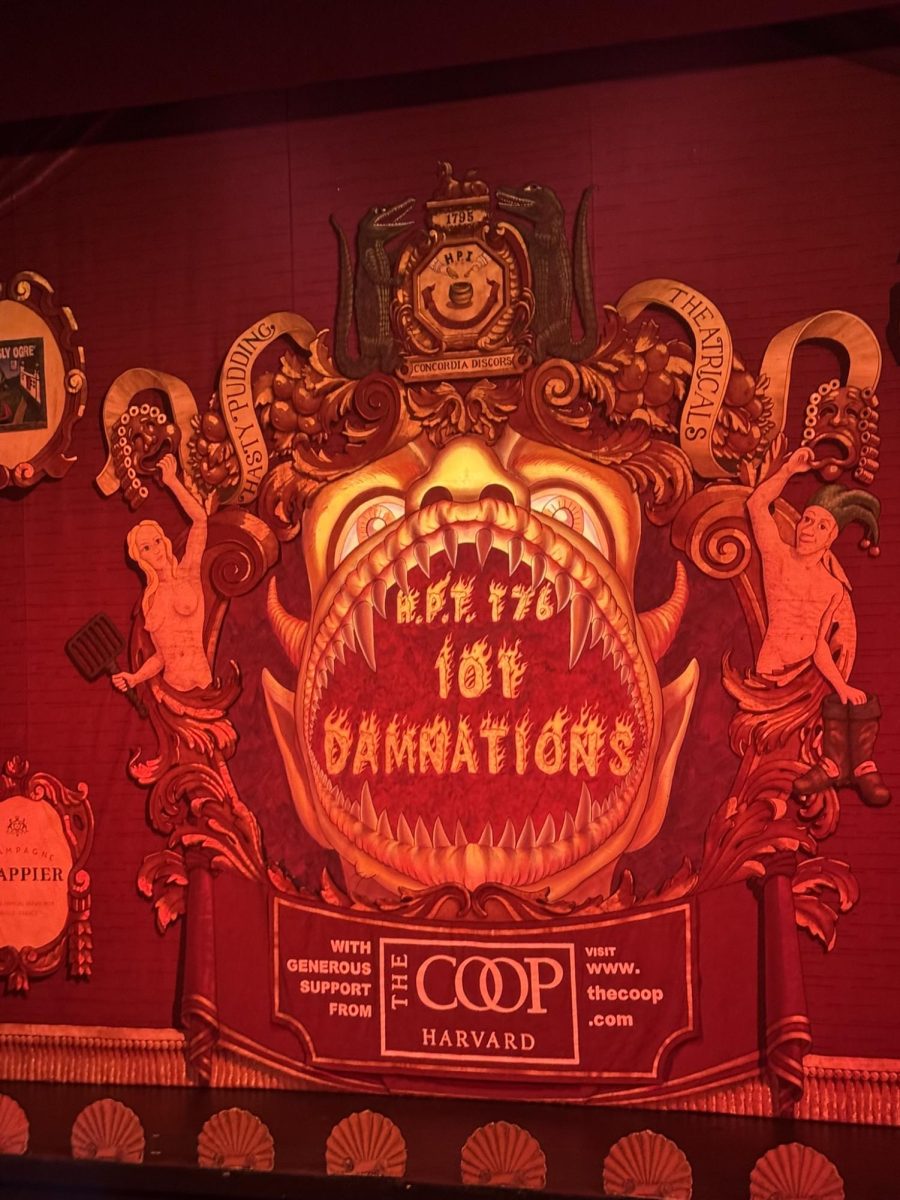A few weeks ago, both Netflix and Hulu dropped documentaries about the disastrous 2017 Fyre Festival.. Advertised as a “luxury music festival” targeted at millenials, Fyre Festival was the brainchild of entrepreneur Billy McFarland and rapper Ja Rule. However, after spending between $500 to upwards of $10,000 on tickets and accommodation packages, attendees arrived at the island of Grand Exuma in the Bahamas and found a beach full of leftover hurricane relief tents instead of the promised luxury getaway. None of the music acts showed up, and instead of gourmet catering they were served cheese sandwiches. Enraged festival-goers started airing their grievances on social media, and the story quickly went viral. . Festival creator Billy McFarland is now serving a six-year prison sentence for wire fraud.
Last month, a little over a year and a half after the debacle, streaming platforms Hulu and Netflix both released documentaries breaking down what happened—“Fyre Fraud” and “Fyre: The Greatest Party That Never Happened,” respectively. While both documentaries focus on the fraudulent mess of a festival, there are notable differences between the two. The Hulu documentary includes an interview that they conducted with Billy McFarland. He is able to share his side of the story, whether true or not. The Hulu documentary also focuses on the bigger picture of this festival. The Hulu documentary analyzes the social media phenomenon that it caused and . As a TV Guide review notes, the Hulu documentary “ironically pokes fun” at both the creators and attendees of the festival when showing actual footage of the chaos that was created by Billy McFarland and his team. For example, there was footage of the attendees stealing the belongings of others and destroying their tents. The Netflix documentary, on the other hand, focuses on crafting a blow-by-blow account of the creation, production and disastrous execution of the festival. It is also quite funny. It features the man who has become quite a meme-the man who was about to engage in a sexual act in order to get water provided for the festival. The Washington Post writes about the Netflix documentary “‘Fyre’ focuses quite a bit on the how, particularly regarding how Fyre Festival reached its catastrophic end. It documents the nitty-gritty of how the festival fell apart, ranging from the basics (McFarland’s pilot friend Keith says in an interview that Fyre team members focused more on influencers and festival promotion than making sure there would be working plumbing on the island) to the bigger-picture stuff (McFarland commits wire fraud to make fast money)”.
Both of these documentaries are entertaining, yet also sad. We see footage of people our age scammed out of thousands of dollars, resorting to fighting over tents and stealing from other attendees in a real-life melodrama that played out in real time over social media with the whole world watching. We hear the heartbreaking testimonies of those who worked on the festival, including the residents of Grand Exuma who worked day and night putting together the festival without pay and proper treatment. But still, Fyre Fest was over a year and a half ago now, which begs the question—why do we care about the mess that was Fyre Festival?
One of the biggest reasons that we care is because, as difficult as it may be to admit, there is a type of satisfaction that is aroused from watching those with more economic privilege who are able to spend hundreds of thousands of dollars on a single weekend face disappointment that those of us who cannot afford opportunities like attending Fyre Festival face daily. It appears as if they are being humbled or brought to the same level as a person of lower socioeconomic status. It allows us to learn from what we saw and work to prevent it from happening again in the future.While that is not saying that we find joy in the misfortune of others, there is a satisfaction in knowing that those of us who saved our money benefitted more than those who spent it. And then there’s the somewhat perverse impulse that leads to rubbernecking to see a car accident. We know what we are going to see is sad and destructive, yet we can’t look away.


